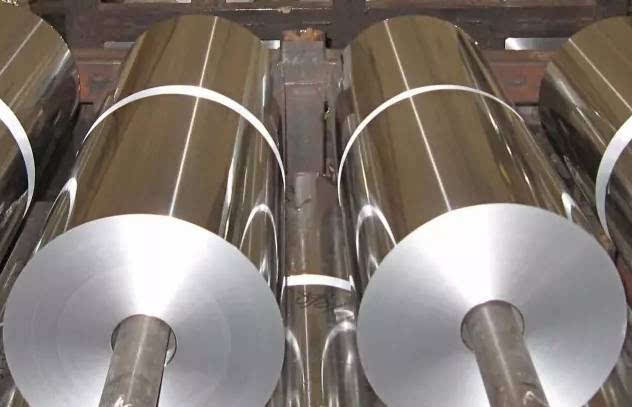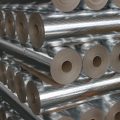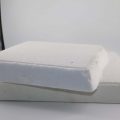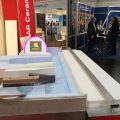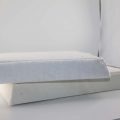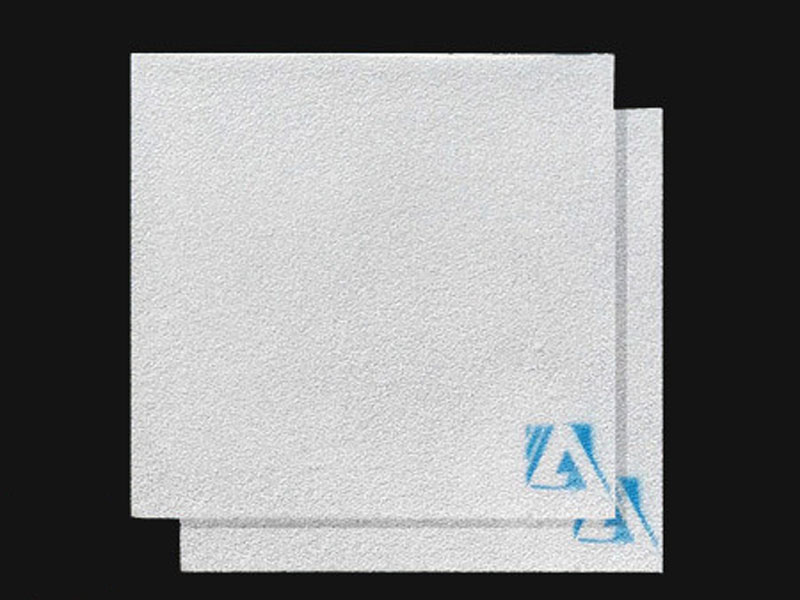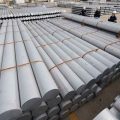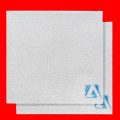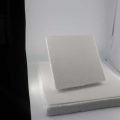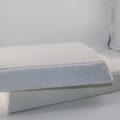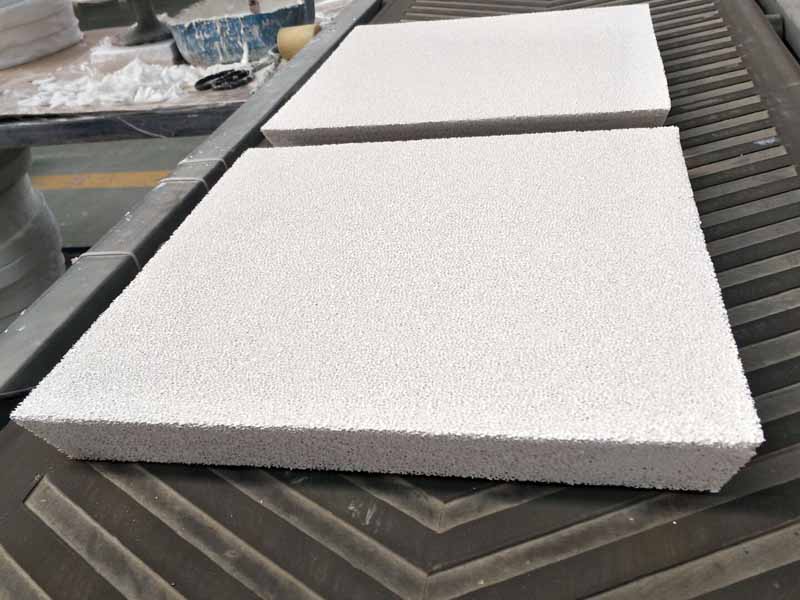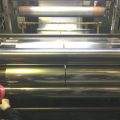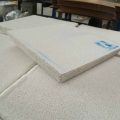Light Gauge Foil Ceramic Filter For Foundry is used in the production process of ultra-thin aluminum foil.
Aluminum foil is widely used in food packaging, cigarette paper, cosmetics and other industries, but the production process is extremely complicated.
Take the lead in mass production of ultra-thin aluminum foil with independent intellectual property rights using self-produced cast-rolled billets at home and abroad, forming a complete process technology system, subverting the traditional understanding of domestic and foreign aluminum foil production concepts, and making an important contribution to the globalization of China’s aluminum foil industry. .
A short-flow production process of ultra-thin aluminum foil, which is characterized in that it is carried out according to the following process steps:
The first step, smelting: use a large-capacity regenerative smelting furnace to convert the primary aluminum into molten aluminum, and enter the casting and rolling mill through the launder. During the flow of the molten aluminum, the refiner Al-Ti-B is added online to form a continuous and uniform Refine the effect.
Graphite rotor degass and removes slag online at 730-735℃ to form a continuous and uniform removal effect.
Use Light Gauge Foil Ceramic Filter For Foundry to remove aluminum dross from molten aluminum.
The second step, rough rolling: the molten aluminum after the previous step is smelted into the casting-rolling mill for casting and rolling into billets.
In this process, the inlet temperature of the cooling water in the inner cavity of the roller is controlled at 20-23°C, the outlet temperature is controlled at 28-32°C, and the static pressure of the aluminum melt between the roll gaps is controlled at 0.004-0.005Mpa.
Ensure that the material’s crystalline direction {100} area ratio>95%, grain size ≤5μm, and roll slabs of 6.5-7.5mm.
The third step, intermediate rolling: the above-mentioned slab is rolled again with a cold rolling mill, and when the thickness reaches 4.5mm, it is sent into the annealing furnace, heated to 360°C for 2 hours, and then heated to 580°C 、Hold for 18 hours and conduct homogenization annealing to make the grain size uniform and directionality consistent.
Then continue to be cold rolled in the cold rolling mill to 0.60mm, and then sent to the annealing furnace again, heated to 460 ℃, holding for 5 hours, cooling to 400 ℃, holding for 7 hours, for intermediate annealing.
Then continue rolling to a thickness of 0.3mm as aluminum foil wool.
The fourth step, foil rolling: use a four-roll irreversible foil rolling mill to roll the above 0.3mm aluminum foil wool into finished aluminum foil products.
The production process of the ultra-thin aluminum foil is short, the operating cost is low, and the production investment scale is small. The quality of the produced ultra-thin aluminum foil can reach the international advanced level. Compared with the production process of the hot rolling method, the investment cost is reduced in the production of billets. Two-thirds, operating costs are reduced by more than half.
